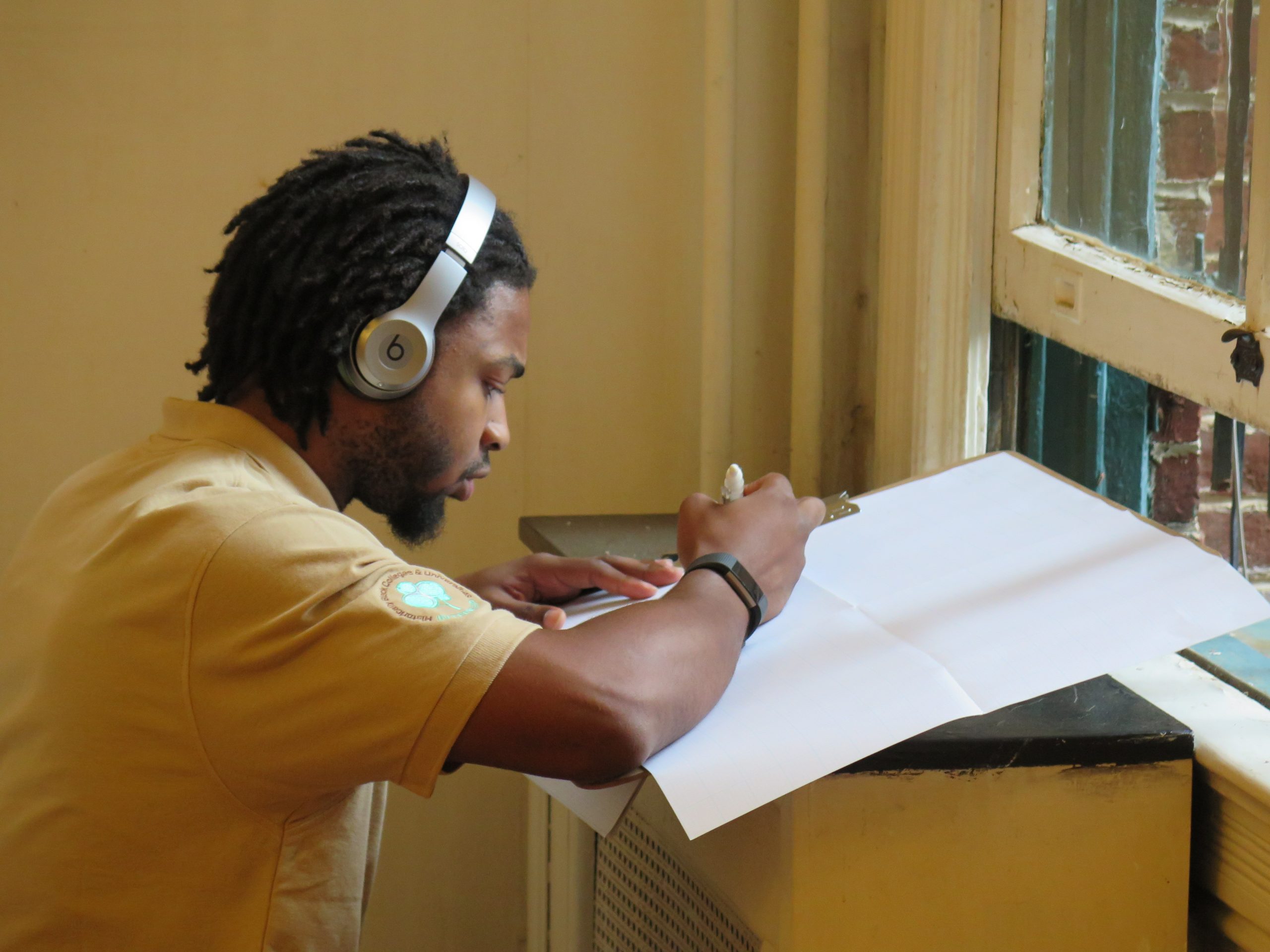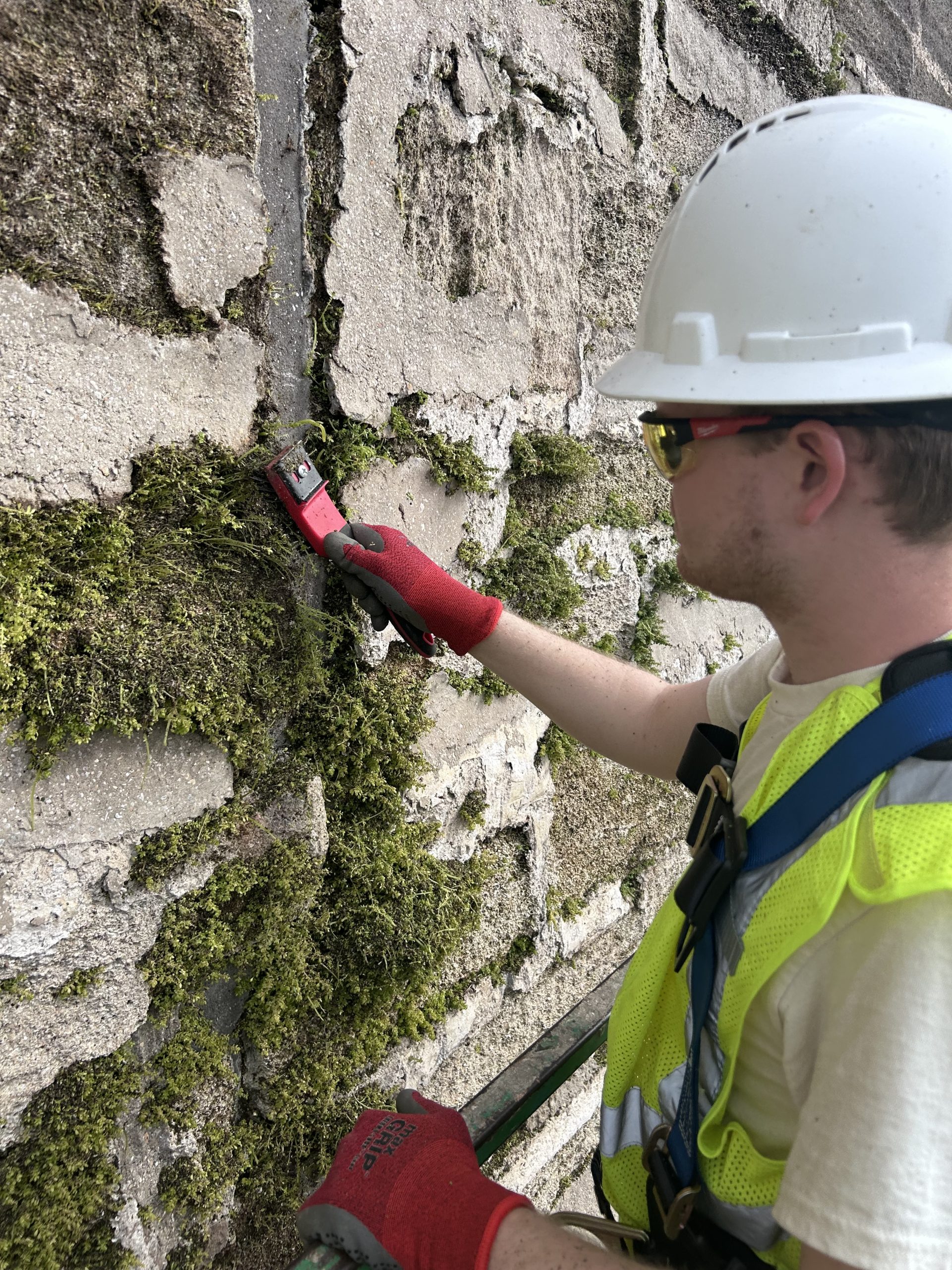
Alumni
Stay Informed
Preservation Institute Nantucket Alumni
PIN-ALUMNI-L@LISTS.UFL.EDU
This listserv includes all PIN alumni, friends of PIN, and program Partners. The Historic Preservation Program uses this listserv to communicate updates on PIN program and property accomplishments and events. Join the list by completing the form below.
[forminator_form id=”5860″]
Historic Preservation Program Alumni
HPALUMNI-L@LISTS.UFL.EDU
This listserv includes all Historic Preservation Program alumni. The Historic Preservation Program uses this listserv to communicate updates on the program’s courses, students, research, and events. Join the list by completing the form below.
[forminator_form id=”5862″]

